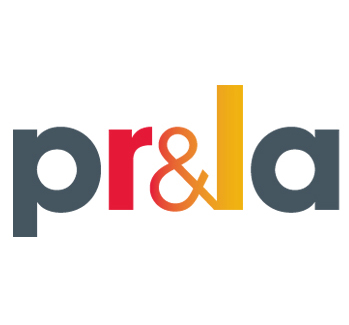In 1776, artistic consultant Pierre Eugene du Simitiere suggested the adoption of the U.S. motto “E Pluribus Unum” (“Out of Many, One”). The original meaning of the phrase was that out of many colonies rose a great nation. However, in recent years, its meaning has evolved to suggest that out of many peoples, races, religions, languages, and ancestries has emerged a single people and great nation, illustrating the concept of the melting pot.
The workplace makeup is changing, and quickly. According to the U.S. Census Bureau, workplace makeup includes gender, race, ethnicity, age, and religion. There are other factors that fall under the category of diversity in the workplace, including culture, sexual orientation, and physical and mental abilities and challenges. In addition to these areas, the workplace has a new group that is the largest category of the overall workforce: the millennials (ages 18 to 34).
There are many types of diversity indices used to measure the makeup of our population. For our purposes, we will use The USA Today Diversity Index developed by Phil Meyer of the University of North Carolina and Shawn McIntosh of USA Today, who created the Index in 1991. It measures the probability that any two people chosen at random from a given census area are of different races or ethnicities.
In 2010, the chance the next person you met was of a different race or ethnicity was 55 percent. By 2060, the index predicts that it will be 71 percent. You may already be experiencing this diversity; if not, you soon will be.
In the chain restaurant business, we have seen a great influx of employees from all over the world. In some U.S. markets, there are teams in which English is not the primary language. It’s important for leaders to know when language barriers necessitate updating training programs to help the trainer and the employee.
The need for diversity and inclusion training is greater than ever. Each day that passes is one more day a company falls behind in creating an environment that benefits all employees from all backgrounds.
A company that strives to find the best people in its industry must appeal to those who are looking for work. The millennial workforce wants to work in an exciting, team-oriented and diverse work environment. We can appeal to millennials by demonstrating that we value diversity.
An effective diversity and inclusion training program starts at the top of any organization. Many of the companies that are leaders in workplace diversity and inclusion have a chief diversity officer and/or department of diversity to steer the training programs where they need to go. They might also have a diversity leadership council to help identify specific areas of diversity that require special attention.
Successful diversity and inclusion training programs include:
- An outline of the company’s expectations regarding diversity and inclusion during the onboarding process.
- Periodic casual opportunities, such as a “Lunch and Learn,” for employees to learn about the benefits of diversity and inclusion.
- Continuous online opportunities for employees to learn about diversity and inclusion at their company.
- Skill-building classes or labs with subject matter ranging from multi-generational training to intercultural communication.
- Community outreach programs in which employees enter communities “out of their comfort zone” to learn about environments different from theirs.
To demonstrate their openness and commitment to diversity, organizations and training programs must embrace:
- Integration of differences, focusing on strengths while minimizing weaknesses.
- Respecting differences and individual talents and ideas.
- Embracing what we have in common.
- Striving to reach a goal by working as a team.
The Present and the Future
Let’s take a look at where we currently stand on some key demographics and what the future holds for those groups.
- Women currently account for about 47 percent of the overall workforce. At least through 2022, this number should remain constant.
- Currently, about 70 percent of women in the workforce have children. While projections don’t give a solid number, most agree that this number will tick up in the not-too-distant future due to the increase in single-parent families and the makeup of the millennial generation, of which over 50 percent are women.
- 20 percent of people who are considered disabled by the Americans with Disabilities Act (ADA) are in the workplace. Again, key indicators suggest this number will increase in the coming years.
- The average age of the workforce is increasing every day, as baby boomers are either returning to the workforce after retirement or waiting longer to officially retire. By 2020, 25 percent of the workforce will be age 55 or older.
- Many companies are adapting to the multicultural, multilingual society we are becoming. For example, in many locations of a national home improvement chain store, especially in multilingual areas, large signs at entrances identify bilingual employees. That way, non-English speaking customers can find employees who speak their language and are better served.
Ultimately, it comes down to the people of your company looking past the things that make us different (race, ethnicity, age, religion, etc.) and embracing the ideas and visions of all people. Doing so will make your company better.
Our world is changing rapidly. Companies that recognize and react accordingly will bring in top talent faster and have a higher retention rate than those that lag behind. The people you interview for positions in your company are part of this fast-changing world and will quickly recognize if you are embracing diversity or simply paying lip service to the idea. Don’t fall behind! •
This article was originally published in Training Industry Magazine, www.trainingindustry.com/magazine/.











